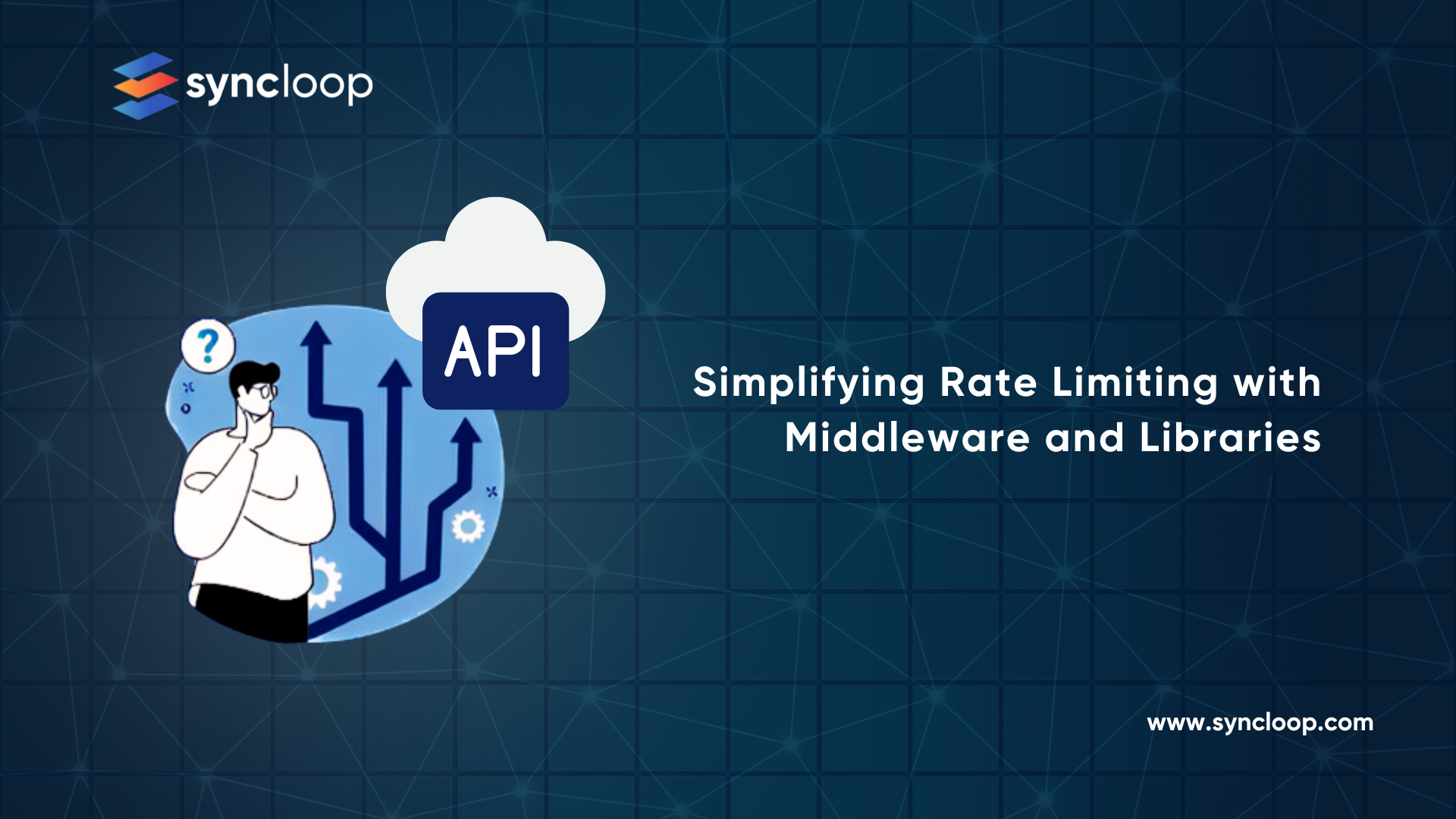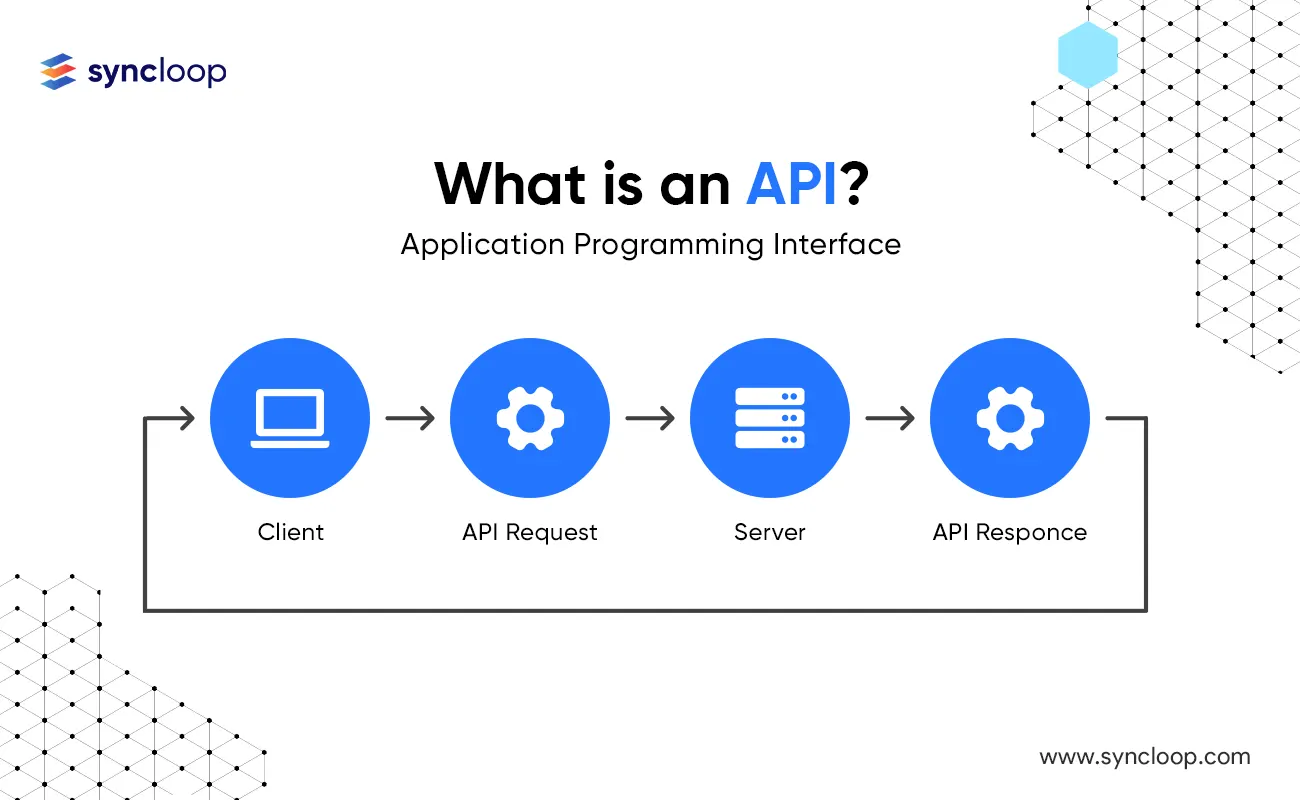Simplifying Rate Limiting with Middleware and Libraries
Posted by: Deepak | November 25, 2024

Categories: middleware, rate limiting library, API security
Rate limiting is a critical technique for managing API traffic and preventing abuse. By limiting the number of requests a client can make within a specific time frame, rate limiting helps to protect servers, ensure fair resource allocation, and prevent malicious attacks. While implementing rate limiting from scratch can be complex, leveraging middleware and libraries can significantly simplify the process.
Understanding Rate Limiting
Rate limiting involves setting a maximum number of requests that a client can make within a specific time window. This can be implemented at different levels, such as the network, application, or API gateway. By enforcing rate limits, organizations can:
- Prevent abuse: Limit the number of requests to prevent malicious attacks and resource exhaustion.
- AEnsure fair resource allocation: Allocate resources fairly among different clients.
- Improve system performance: Reduce the load on servers and databases.
Popular Rate Limiting Algorithms
Several algorithms can be used for rate limiting, including:
- Fixed Window Counter: This algorithm counts the number of requests within a fixed time window. If the count exceeds the limit, subsequent requests are rejected.
- Leaky Bucket: This algorithm simulates a bucket with a fixed capacity. Requests are added to the bucket at a specific rate. If the bucket is full, incoming requests are rejected.
- Token Bucket: This algorithm maintains a bucket with a fixed number of tokens. Tokens are added to the bucket at a constant rate. A request can only be processed if there is a token available.
Middleware and Libraries for Rate Limiting
Various middleware and libraries can be used to implement rate limiting in different programming languages and frameworks:
1. Python:
- Flask-Ratelimit: A Flask extension that provides flexible rate limiting options, including fixed window counters, leaky buckets, and token buckets.
- Ratelimit: A Python library for implementing rate limiting in various applications, including web servers, APIs, and command-line tools.
2. Node.js:
- Express Rate Limit: A middleware for Express.js that provides simple and efficient rate limiting.
- Rate-Limit: A flexible Node.js library for rate limiting, supporting various algorithms and strategies.
3. Java:
- Guava RateLimiter: A library for implementing rate limiting in Java applications.
- Spring Boot Rate Limiting: Spring Boot provides built-in support for rate limiting, allowing you to configure rate limits at the application level.
4. API Gateways:
- Kong: A powerful API gateway that offers advanced rate limiting features, including custom rate limits, burst limits, and dynamic rate limiting based on user or application.
- Apigee: A comprehensive API platform that provides robust rate limiting capabilities, allowing you to configure rate limits at various levels and customize them based on specific needs.
Integrating Rate Limiting into Your Application
- Identify Rate Limiting Requirements: Determine the specific rate limits needed for your application, considering factors such as the expected traffic, resource constraints, and security requirements.
- Choose a Rate Limiting Algorithm: Select an appropriate algorithm based on your specific needs and the capabilities of the chosen middleware or library.
- Configure Rate Limits: Configure the rate limits in your application's configuration files or by setting parameters in the middleware or library.
- Monitor and Adjust: Continuously monitor your API traffic and adjust rate limits as needed to optimize performance and security.
Real-World Use Cases
- Web Applications: Protecting web applications from DDoS attacks and preventing abuse.
- API Services: Limiting the number of requests to API endpoints to avoid overloading servers.
- IoT Devices: Controlling the rate at which IoT devices send data to the cloud.
- Streaming Services: Limiting the number of concurrent streams to optimize resource utilization.
Conclusion
By effectively implementing rate limiting, you can protect your APIs from abuse, optimize resource utilization, and ensure a positive user experience. Middleware and libraries provide a convenient and efficient way to add rate limiting to your applications. By carefully considering your specific needs and selecting the appropriate tools and techniques, you can implement robust and scalable rate limiting solutions.
Back to Blogs

